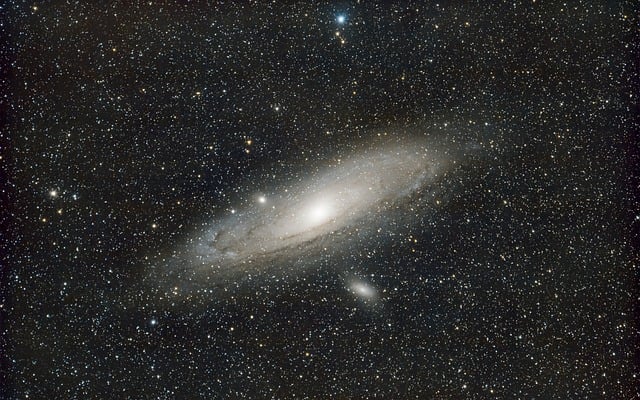Astrotourism: Stargazing Adventures Beyond the Horizon
Embark on a celestial journey that transcends earthly boundaries. Astrotourism, the art of traveling to witness cosmic wonders, is illuminating a new frontier in experiential travel. This burgeoning trend melds astronomy, adventure, and cultural immersion, offering travelers a chance to explore the universe while firmly rooted on Earth. From remote desert observatories to indigenous star-lore expeditions, astrotourism is redefining how we perceive the night sky and our place within it.

The 1969 moon landing sparked a global fascination with space, leading to increased interest in stargazing and astronomy-themed travel. As light pollution in urban areas grew, travelers began seeking out dark sky destinations to reconnect with the cosmos. The International Dark-Sky Association, founded in 1988, played a crucial role in promoting the preservation of night skies and establishing dark sky reserves worldwide.
Dark Sky Destinations: A New Travel Frontier
Today, astrotourism has evolved into a sophisticated niche market, with destinations around the globe vying for dark sky certification. These locations offer pristine views of the night sky, free from light pollution. The Atacama Desert in Chile, known for its otherworldly landscapes and clear atmospheric conditions, has become a mecca for stargazers and astrophotographers.
Other popular dark sky destinations include the NamibRand Nature Reserve in Namibia, Brecon Beacons National Park in Wales, and the Aoraki Mackenzie International Dark Sky Reserve in New Zealand. These areas not only provide exceptional stargazing opportunities but also support local economies through sustainable tourism initiatives.
The Rise of Astro-lodges and Space-themed Accommodations
The astrotourism boom has given rise to a new breed of accommodations designed to immerse guests in celestial experiences. Astro-lodges, equipped with high-powered telescopes and expert guides, offer tailored stargazing programs. The Elqui Domos in Chile features geodesic domes with retractable roofs, allowing guests to sleep under the stars.
In Finland, glass igloos provide unobstructed views of the northern lights, while luxury desert camps in Morocco offer astronomy-themed glamping experiences. These unique accommodations blend comfort with cosmic wonder, catering to a growing market of travelers seeking transformative night sky experiences.
Cultural Astrotourism: Connecting Stars and Heritage
One of the most fascinating aspects of astrotourism is its ability to bridge cultural divides through shared celestial heritage. Many indigenous communities are partnering with tour operators to offer star-lore experiences, sharing traditional knowledge of the night sky passed down through generations.
In Australia, Aboriginal sky stories are being incorporated into astrotourism experiences, offering visitors a deeper connection to the land and its first inhabitants. Similarly, Maori astronomical knowledge is being celebrated in New Zealand’s dark sky reserves, providing a unique cultural dimension to stargazing activities.
The Future of Astrotourism: Space and Beyond
As commercial space travel inches closer to reality, astrotourism is poised for exponential growth. Companies like SpaceX and Virgin Galactic are developing plans for orbital hotels and lunar excursions, hinting at a future where space tourism becomes accessible to a broader audience.
On Earth, advancements in augmented reality technology are enhancing stargazing experiences, allowing visitors to overlay constellation maps and astronomical information onto their view of the night sky. This blend of technology and nature is opening up new possibilities for education and engagement in astrotourism.
Celestial Travel Tips for Aspiring Astrotourists
• Plan your trip around lunar phases; new moons offer the darkest skies for optimal stargazing
• Invest in red-light headlamps to preserve night vision while navigating in the dark
• Learn basic astrophotography techniques to capture stunning nightscapes
• Download stargazing apps like Stellarium or Sky Map for real-time celestial navigation
• Pack layers; nighttime temperatures in prime stargazing locations can drop significantly
• Consider timing your visit to coincide with major celestial events like meteor showers or eclipses
As we look to the stars for inspiration and adventure, astrotourism stands as a testament to humanity’s enduring fascination with the cosmos. This emerging travel trend not only offers breathtaking experiences but also fosters a deeper appreciation for our planet’s place in the vast universe. By venturing into the dark, we illuminate new paths of discovery, both personal and collective, reminding us of the infinite wonders that await beyond our terrestrial horizons.





